High above the sweeping dunes of the Sahara Desert lies one of Earth’s most mysterious and striking geological formations. From space, the Richat Structure, often dubbed the “Eye of the Sahara,” resembles a massive, glowering skull staring skyward, its concentric rings forming an otherworldly pattern that captivates scientists, space enthusiasts, and travelers alike. Stretching approximately 40 kilometers in diameter, this massive circular structure has puzzled geologists for decades and continues to inspire awe and intrigue.
Discovery and Observation
The Richat Structure is located in the Adrar Plateau of Mauritania, near the ancient town of Ouadane. Though visible from the ground, its scale truly becomes apparent only from high altitudes or satellite imagery. Astronauts aboard space missions first highlighted its striking circular shape in the 1960s and 1970s, leading to its informal nickname, “the Eye of the Sahara.”
Its distinct appearance—concentric rings radiating from a central core—has fueled speculation and fascination across multiple fields, from geology and astronomy to anthropology and even pseudoscience. Its visibility from space makes it one of the most recognizable natural landmarks on our planet, a reminder of Earth’s dynamic geological history.
Geological Origins
For years, scientists debated whether the Richat Structure was the result of a meteorite impact or volcanic activity. Early theories suggested that the circular formation was a massive crater created by a celestial collision. However, extensive geological studies have shown that this is not the case. Instead, the Richat Structure is an eroded geological dome formed by the upwelling of a subsurface igneous intrusion.
The dome caused deformation of the overlying sedimentary rock layers, leading to their erosion into concentric rings over millions of years. The central area exposes the oldest rock layers, while the outer rings reveal progressively younger strata. Researchers have identified sedimentary layers composed of quartzite, sandstone, and other rock types, all shaped by the interplay of erosion, wind, and time.
Unique Features
The Richat Structure’s concentric rings are its most distinguishing feature. From above, these bands resemble the eye sockets and outlines of a giant skull or eye, giving the formation its eerie, glowering appearance. The central depression, slightly lower than the surrounding rings, adds to this effect.
Interestingly, the formation also contains remnants of volcanic rock and hydrothermal alteration zones, suggesting that ancient volcanic activity may have contributed to its structure, even if it was not the primary cause of the formation. Small valleys, ridges, and exposed rocky layers give the Richat Structure a complex texture, highlighting the diverse forces of erosion and geologic activity at work.
Cultural and Historical Significance
The Richat Structure has long been a landmark for local communities in Mauritania. Known in Hassaniya Arabic as “Rīšāt,” meaning “feathers,” it also carries the name “Tagense,” a reference to a circular opening of the leather water pouches used historically in desert travel. These names reflect the structure’s prominence in the local culture and its practical role as a reference point in the expansive Sahara.
Archaeological evidence suggests that human populations have inhabited regions around the structure for thousands of years, using it as a navigational landmark in an otherwise featureless desert. Its visibility from afar has made it a natural point of orientation for nomadic communities traversing the harsh desert terrain.
Scientific Significance
From a scientific perspective, the Richat Structure offers insight into Earth’s geological processes, including erosion, sedimentary deposition, and dome formation. Studying the exposed rock layers allows geologists to reconstruct the environmental conditions of the Sahara over hundreds of millions of years. The formation provides evidence of ancient water flow, tectonic activity, and climatic shifts that have shaped the region.
Additionally, its prominent circular symmetry serves as a natural laboratory for understanding dome formations elsewhere on Earth. By analyzing the Richat Structure, scientists can gain broader insights into the evolution of continental crust and the interactions between tectonic uplift and surface erosion.
Popular Interest and Space Observations
The Richat Structure’s striking appearance has made it a subject of fascination beyond the scientific community. Its “skull-like” image, visible from space, has inspired comparisons in popular culture, artwork, and media. Satellites continuously capture high-resolution images, allowing for detailed studies of its concentric rings, ridges, and valleys. These observations not only aid geologists but also engage the public, offering a glimpse into Earth’s natural wonders from an extraterrestrial perspective.
Conclusion
The Richat Structure, the so-called “Eye of the Sahara,” is more than just a geological curiosity. Its glowering, skull-like appearance from space has made it an enduring symbol of Earth’s dynamic history and the power of natural forces over millions of years. From its mysterious geological origins to its role as a cultural landmark, the Richat Structure continues to captivate scientists and enthusiasts alike.
As satellite imagery and geological studies improve, this remarkable formation will continue to offer insights into the Earth’s past while inspiring awe at the planet’s natural artistry. In the heart of the Sahara, a massive geological eye gazes upward, silently telling the story of Earth’s ever-changing surface and the forces that shape it.

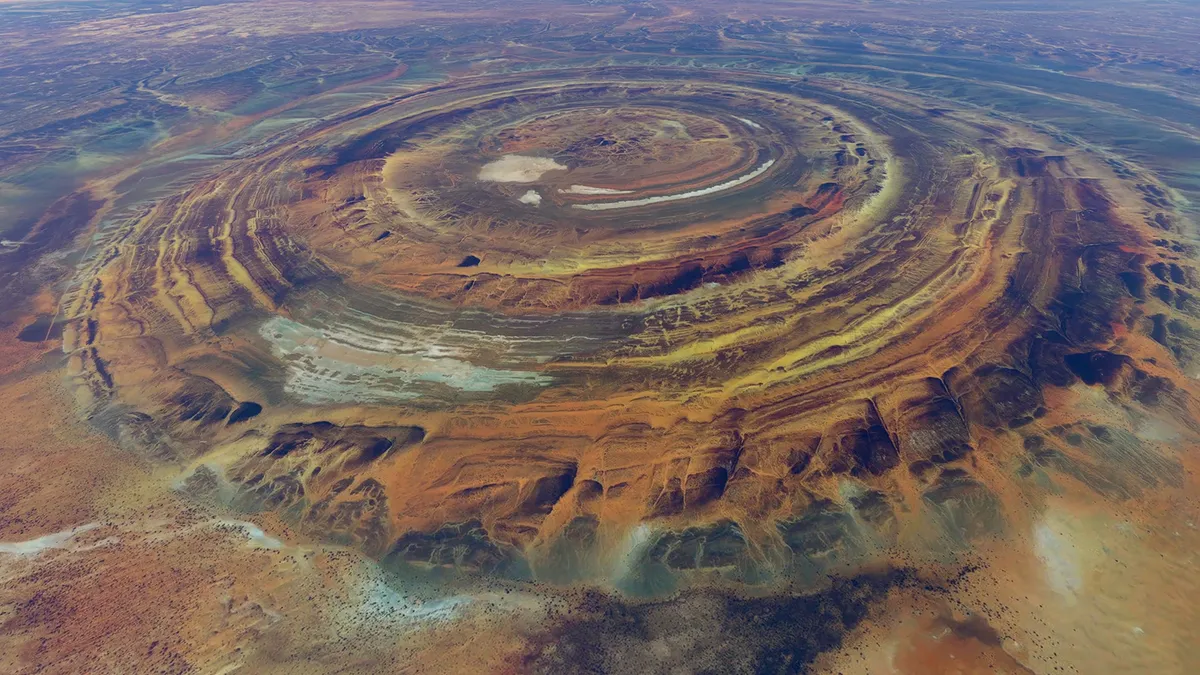


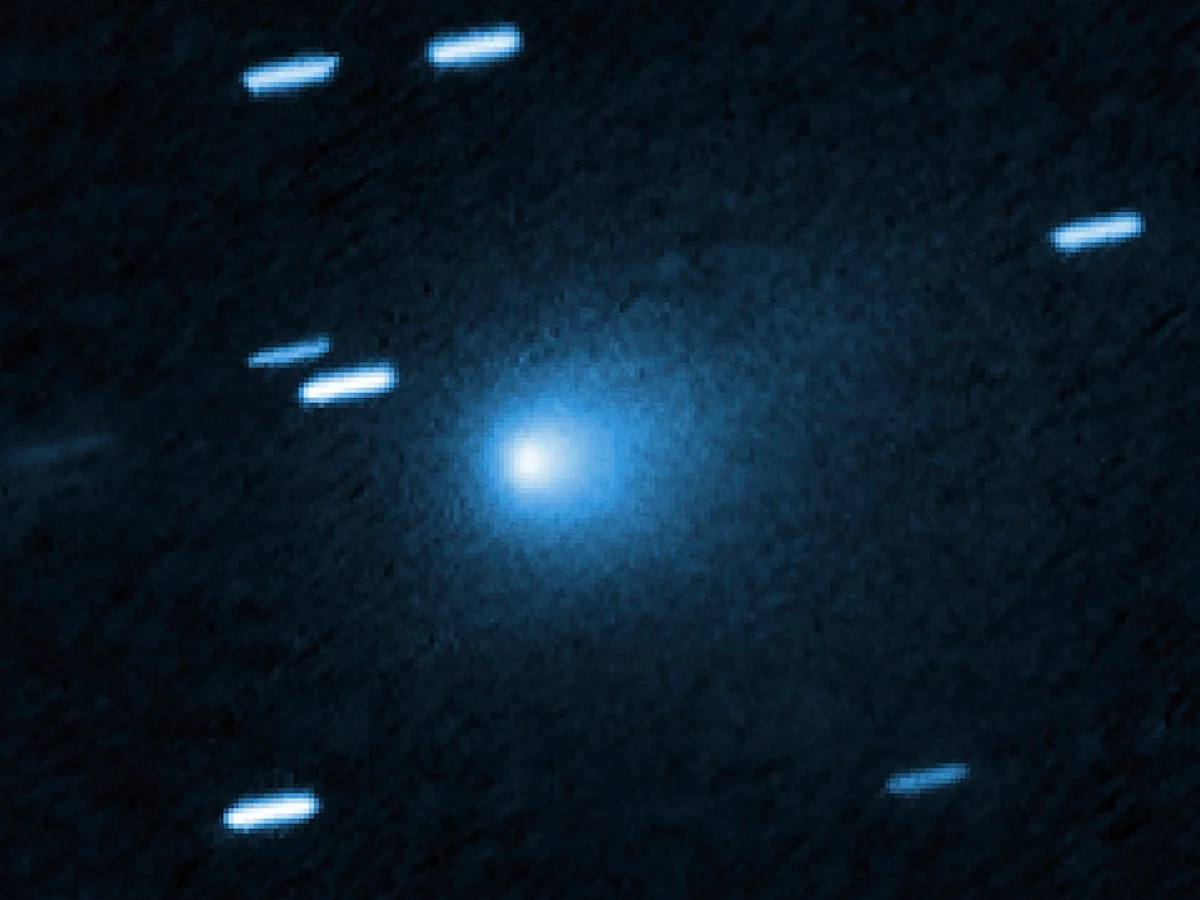

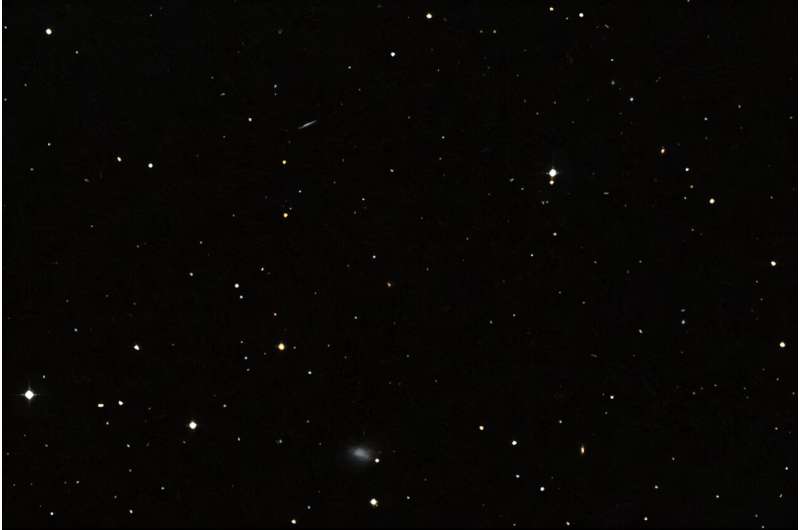
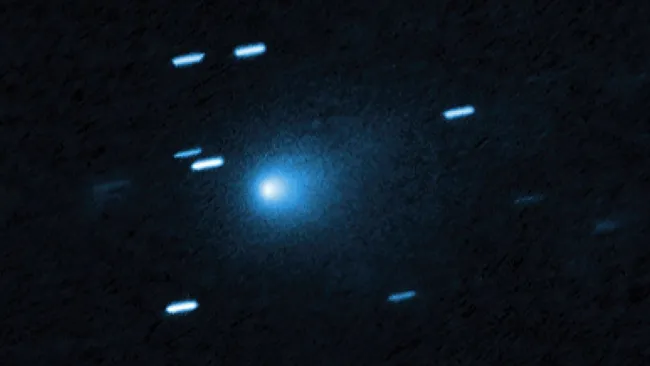



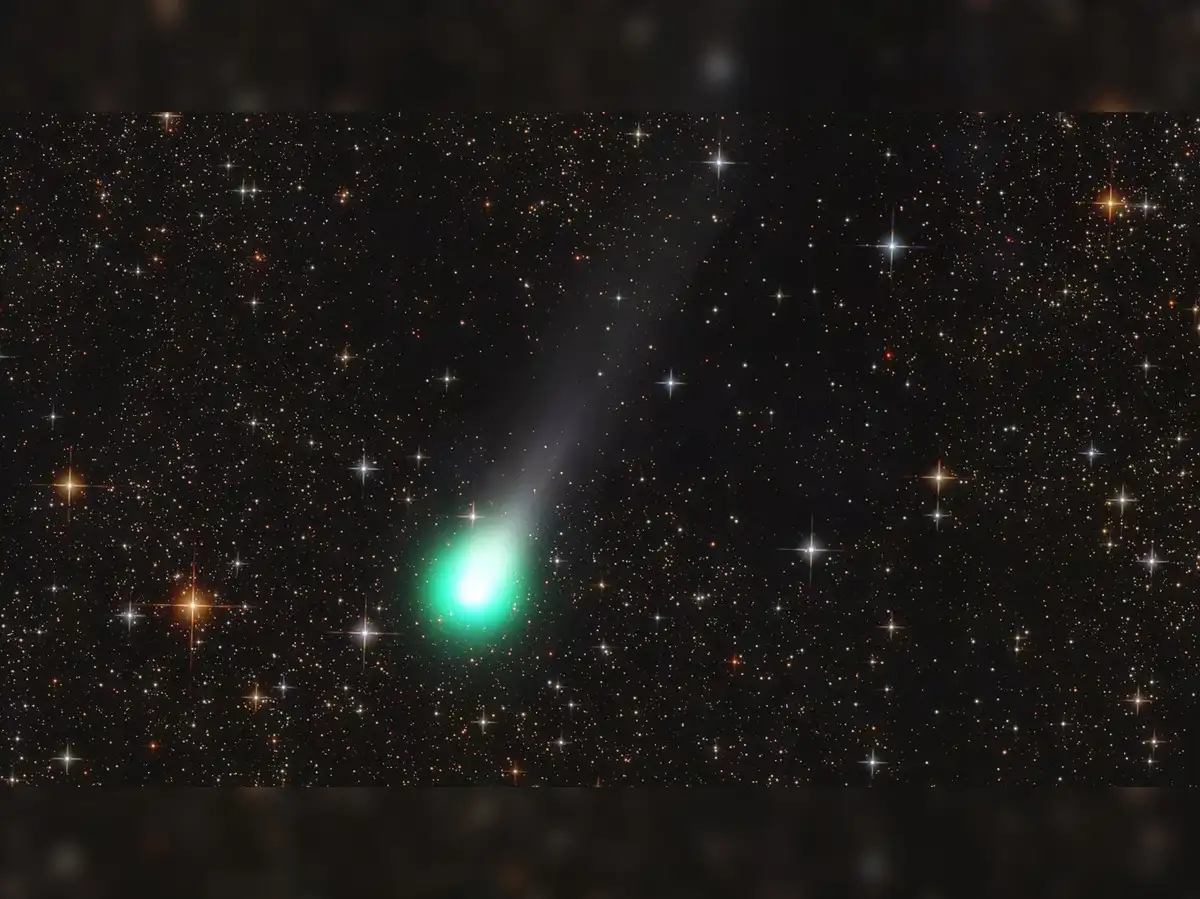




Leave a Reply